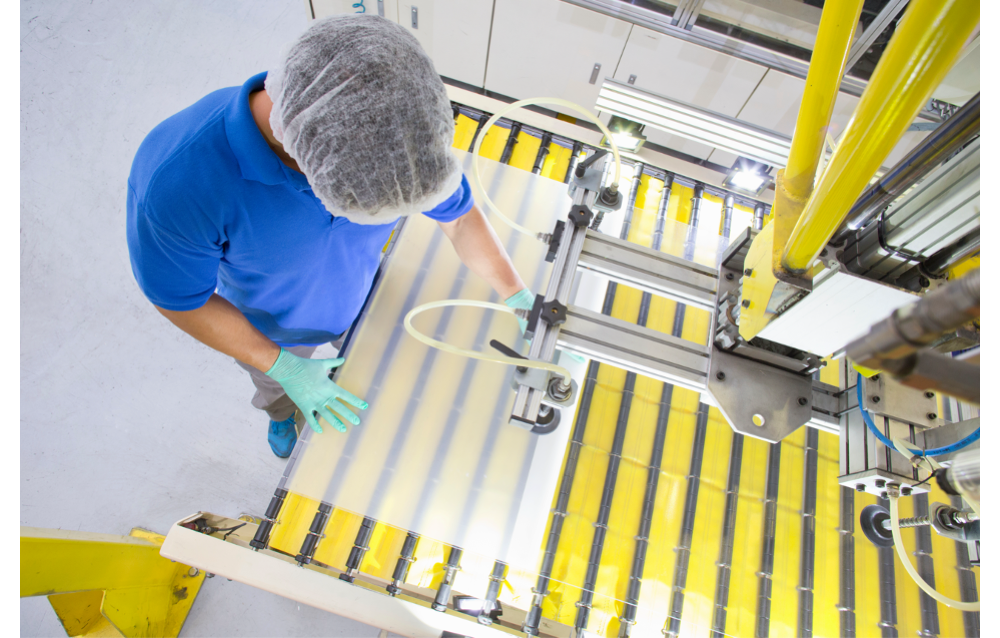- Saatvik Solar has added 500 MW annual solar module production capacity to its existing Ambala located plant
- This capacity will roll out high efficiency modules with a power output of 530W to 610W, using monocrystalline PERC half cut solar cells and MBB technology
- It is also planning to launch an additional 1.2 GW module fab in Gujarat’s Gandhidham
Solar module maker from India’s Haryana state, Saatvik Solar has expanded its total annual manufacturing capacity to 1 GW, after it added a 500 MW facility in the state’s Ambala city where it already operates a 500 MW production.
Management said the new 500 MW capacity will roll out high efficiency modules with a power output of 530W to 610W, using monocrystalline PERC half cut solar cells and multi busbar (MBB) technology.
The company also plans to further add a greenfield manufacturing facility in Gandhidham, in the state of Gujarat with 1.2 GW annual capacity. It will be operational in the coming financial year, i.e. April 2022 to March 2023. Saatvik Solar aims to report a total installed annual manufacturing capacity of 3 GW by 2023 as part of its growth plan.
In the near future, Gujarat can well be expected to become a hub for solar PV manufacturing in India as several companies plan to set up their facilities here, including Reliance Industries Limited’s GW level fabs. In January 2022, it announced plans to build a 100 GW renewable energy power plant in the state (see RIL Enters INR 5.95 Trillion MoU With Gujarat).
ReNew Power too plans to launch 2 GW solar cell and module production in Gujarat using monocrystalline PERC and large wafer technology (see ReNew Power Unveils 2 GW Solar Manufacturing Plans).
India aims to install 280 GW solar power capacity by 2030 for which it aims to develop a local fully-integrated solar supply chain and is encouraging activity through various incentives, the largest of which is Production Linked Incentive (PLI) scheme. The government has increased the total budget of the scheme to INR 240 billion under FY 2022-23 budget (see Energy Transition On India’s Agenda In Budget).













